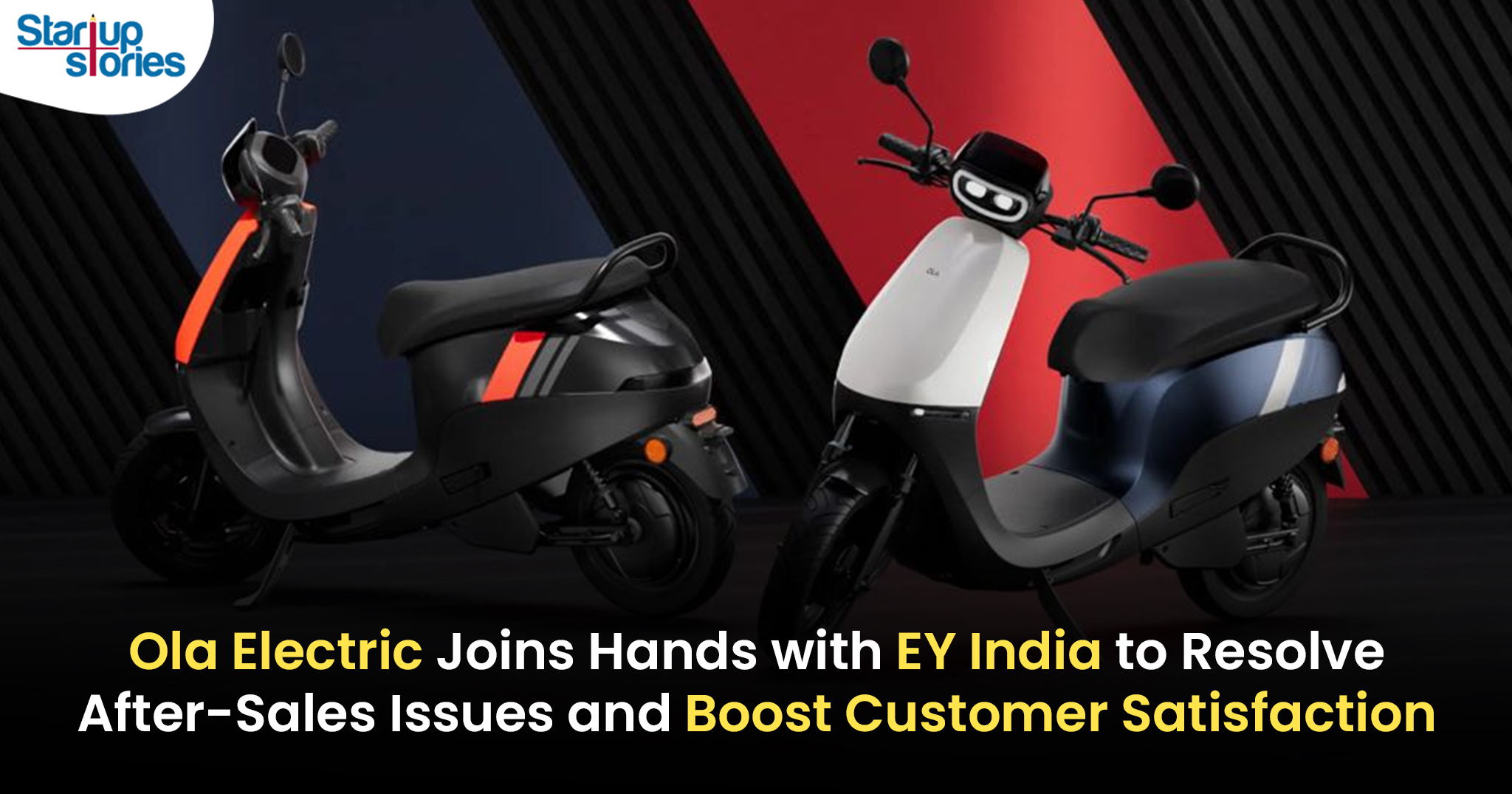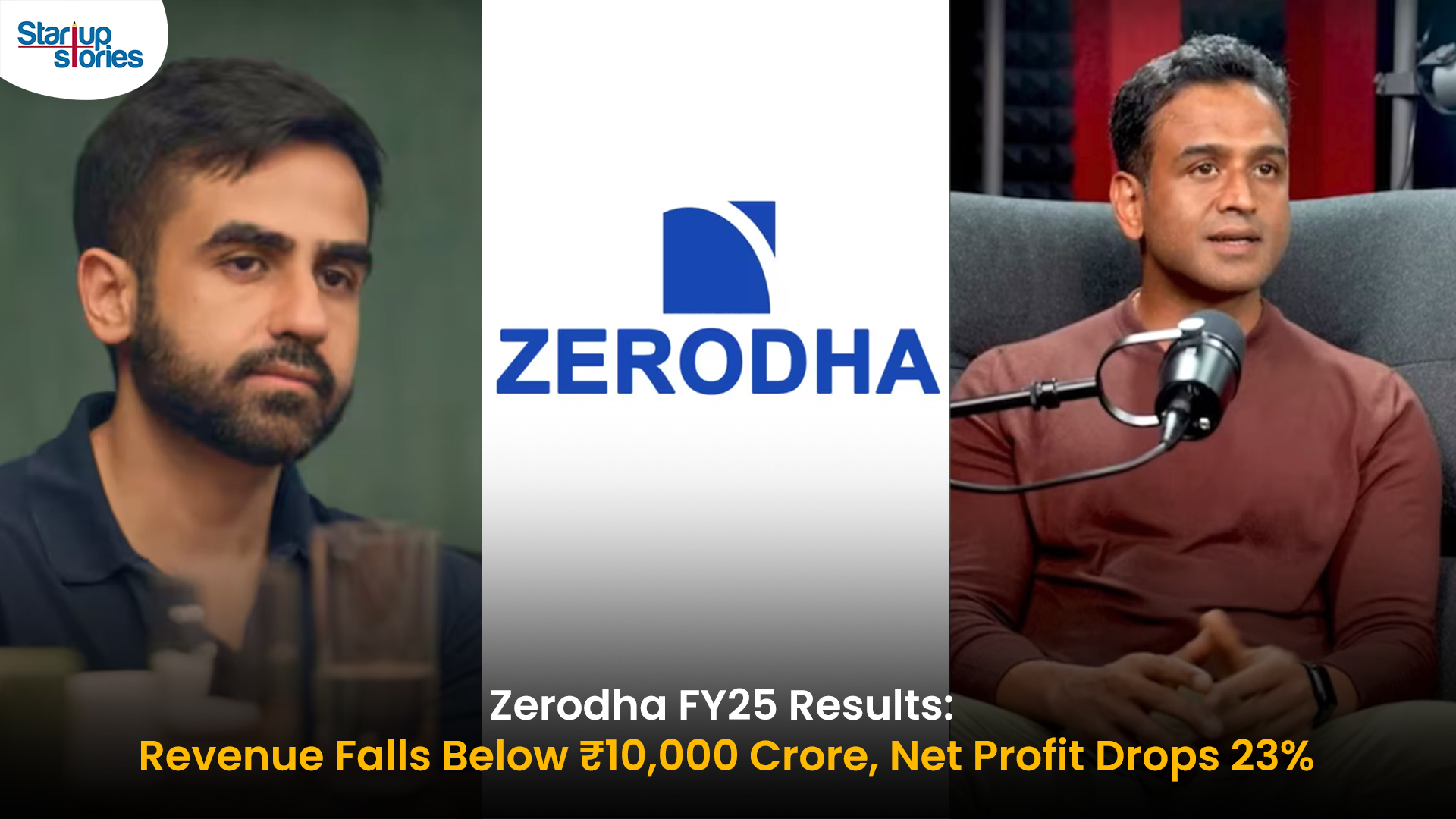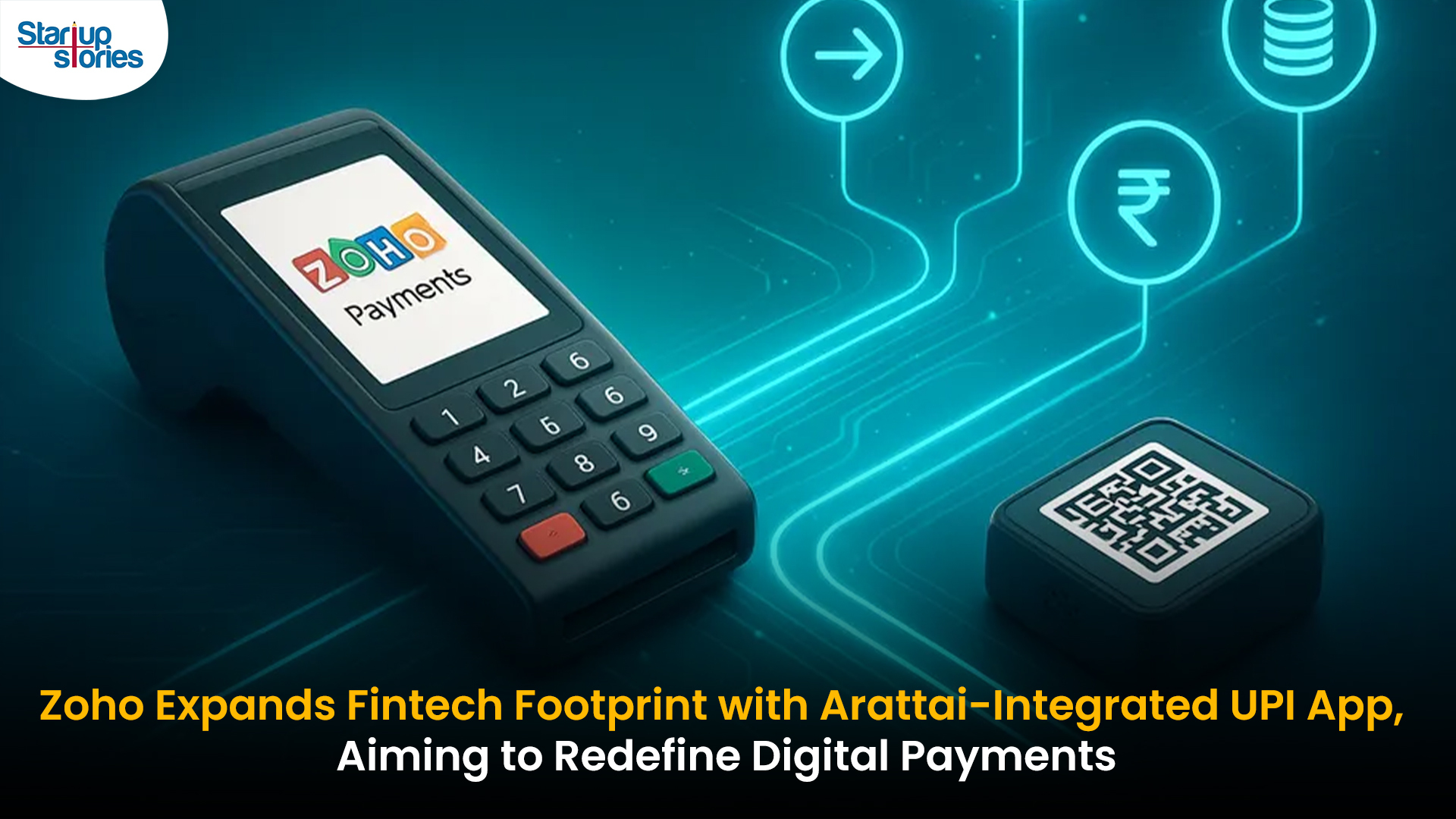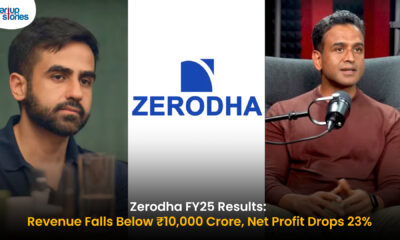Latest News
Ola Electric Partners with EY India to Tackle After-Sales Challenges Amid Customer Complaints!

Ola Electric has teamed up with EY India for a “service transformation” project aimed at improving after-sales services and addressing rising customer complaints. This initiative seeks to enhance spare parts management, improve customer support, and strengthen service operations in underserved regions.
Service Challenges and EY’s Role in the Transformation
Approximately 12 EY executives are working closely with Ola Electric on this three-month project, which could be extended based on its success. The focus is on resolving supply chain issues, ensuring spare parts availability, and optimizing business processes.
An insider shared insights, stating:
“EY is aiding Ola in refining business processes, ensuring spare parts availability, and expanding services in underserved regions.”
One of the major issues highlighted is a shortage of spare parts and trained personnel in Ola’s service centers. CEO Bhavish Aggarwal is personally overseeing the initiative as the company faces growing pressure from rising customer grievances and deteriorating service quality.
Customer Complaints and Regulatory Scrutiny
Customer complaints have reached alarming levels, with 80,000 complaints per month being reported. Additionally, several images have surfaced online showing piles of scooters accumulating at service centers, further damaging Ola Electric’s reputation.
In response to unresolved complaints, the Central Consumer Protection Authority (CCPA) issued a show-cause notice to Ola Electric, citing alleged consumer rights violations. Reports indicate that over 10,000 complaints remain pending, adding to the company’s operational challenges.
Service Delays and Customer Frustration
Customers have expressed significant dissatisfaction with service delays. Many report waiting 30 to 45 days for repairs, even after subscribing to Ola Care Plus, a paid service that offers home pick-up and drop-off. Complaints range from minor issues like sensor failures to major problems affecting battery performance.
Akhilesh Dabharde from Nagpur shared his experience:
“For two to three months, my scooter was lying at the service center. I sent them countless emails, calls, and messages.”
The situation has escalated to the point where some frustrated customers have resorted to extreme measures, including setting fire to an Ola Electric showroom due to dissatisfaction with service quality.
Expansion Plans Amidst Challenges
To address these concerns, Ola Electric plans to expand its service network from 400 to 1,000 centers by the end of the year. However, industry experts warn that merely increasing the number of service centers may not resolve the underlying issues. They suggest that Ola should focus on improving the quality and efficiency of its existing service network to restore customer trust.
GST Invoicing Feature for Business Customers
In addition to tackling after-sales challenges, Ola Electric has introduced a GST invoicing feature targeted at businesses making high-value purchases. This update allows companies to add their GSTIN (Goods and Services Tax Identification Number) during checkout and claim input credits of up to 28% on eligible products such as electronics.
How the GST Invoicing Feature Works:
- Add GSTIN: During checkout, customers can select the “Add GSTIN” option within the Ola Electric app.
- Generate Invoice: Once the GSTIN is added, a GST-compliant invoice is automatically generated.
- Claim Input Credit: Businesses can use the invoice to claim input credits of up to 28%, depending on the product category.
Dhindsa emphasized the importance of this feature for businesses, especially those making bulk or high-value purchases, by helping them reduce costs through tax credits.
Ola Responds to Drop in Share Value and Discount Controversy
Amid these challenges, Ola Electric Mobility Limited also addressed concerns over a 3% drop in share value, which was reportedly caused by confusion around discounts on the Ola S1 X 2KWh electric scooter. The company clarified that no official price change has been implemented but that a festive promotional campaign is offering temporary discounts.
Clarification on Festive Discounts:
- A ₹5,000 general discount is available to all customers purchasing the Ola S1 X 2KWh scooter.
- An additional ₹25,000 discount is being offered to a select group of customers but applies only to limited inventory.
The confusion intensified when the Automotive Research Association of India (ARAI) raised questions about the scooter’s selling price, following reports that it was being offered for ₹49,999. Ola Electric responded to ARAI on October 8, 2024, confirming that the official price remains unchanged.
Conclusion
With mounting customer dissatisfaction and regulatory scrutiny, Ola Electric’s collaboration with EY India is seen as a critical step toward improving after-sales operations. As the company works diligently to rebuild its reputation while balancing festive promotions designed to attract new buyers, its ability to address these challenges efficiently will be crucial for sustaining growth and maintaining customer loyalty in the competitive electric mobility market.
As Ola Electric navigates these operational hurdles and expands its services while enhancing customer satisfaction initiatives, it remains poised for potential recovery and growth in an increasingly competitive landscape.
Latest News
Zerodha Reports 23% Profit Decline in FY25 as Revenues Miss Target

Zerodha experienced a challenging FY25, as its revenue fell 11.5% to ₹8,847 crore and net profit dropped 22.9% to ₹4,237 crore. This decline reflects tougher regulatory conditions, lower trading volumes, and increased operational costs in the brokerage market, all of which impacted core earning segments for the company.
Despite these headwinds, Zerodha improved its operating margin to 63.78% and built up significant cash reserves, reporting ₹22,679 crore in bank balances. Salary expenses and director remuneration increased, but disciplined cost controls helped the company maintain profitability and a debt-free balance sheet. The drop in active clients and increased compliance costs further contributed to the profit contraction.
Looking ahead, Zerodha’s resilience is supported by its robust cash position and operational efficiency. Maintaining steady margins, diversifying product offerings, and investing in technology positions the company to withstand future regulatory fluctuations and changing market sentiment reinforcing its status as one of India’s leading brokerage firms.
Latest News
Zoho Pay Debuts as India’s New UPI Challenger, Taking on PhonePe, Paytm, and Google Pay

Zoho Corporation has expanded its fintech portfolio with the launch of Zoho Pay, a UPI-based payments app built to challenge India’s top digital payment giants such as PhonePe, Paytm, and Google Pay. The new app supports peer-to-peer transfers, bill payments, QR-based transactions, and merchant settlements in a streamlined interface. Available as both a standalone app and an integrated feature inside Zoho’s privacy-driven messenger Arattai, Zoho Pay enables users to handle chats and payments in one platform, emphasizing data privacy and Made-in-India innovation.
Through seamless integration with Arattai, Zoho Pay allows users to send or request payments, split expenses, and conduct UPI-based transactions directly in their chat windows. Users can link bank accounts, scan dynamic QR codes, and receive audio confirmations of payments, ensuring speed and security. This design mirrors the simplicity of India’s leading UPI apps but is powered by Zoho’s non-advertising, privacy-first model. The integration aligns with Zoho’s mission to build a self-reliant digital ecosystem, where messaging and money management coexist securely.
In the competitive digital payments market, Zoho Pay differentiates itself through its tight business software integration with apps like Zoho Books, Zoho Payroll, and Zoho Commerce, offering small businesses unified access to payments, billing, and accounting. The company is also expanding its reach with POS devices for merchants featuring UPI QR, card payments, and instant reconciliation tools. With founder Sridhar Vembu’s vision of a ‘Chat + Pay’ ecosystem, Zoho Pay reflects a bold step toward redefining India’s fintech scene with a secure, ad-free, and locally developed alternative to global payment platforms.
Latest News
Meta Expands AI-Powered Reels Translation to Hindi and Portuguese, Enhancing Global Creator Reach

Meta has expanded its AI-powered translation feature for Reels to include Hindi and Portuguese, joining English and Spanish in empowering creators to reach a broader global audience on Instagram and Facebook. Originally launched in August 2025 with support for English and Spanish, this update now allows creators to seamlessly translate and dub their short videos, breaking language barriers across some of the largest Reels markets worldwide. The AI technology mimics the creator’s voice tone and even offers lip-syncing to ensure the translated videos feel natural and engaging for viewers.
This enhancement is especially significant for India, the largest market for Facebook and Instagram, where over 600 million people speak Hindi. Content creators who are not fluent in Hindi can now easily access this vast audience, increasing their reach and engagement across diverse linguistic groups. To maintain transparency, all translated Reels are clearly labeled with “Translated with Meta AI,” and viewers can choose to switch translations on or off based on their preference.
In addition to voice dubbing, Meta is developing features to translate captions and text stickers on Reels, making content more accessible even without sound. These AI translation tools are available free for eligible public Instagram accounts and Facebook creator profiles with over 1,000 followers. This innovation reinforces Meta’s commitment to fostering cross-cultural content sharing and enhancing creators’ ability to connect with audiences around the world through short-form videos.











MM88
November 7, 2025 at 4:41 am
Khám phá thế giới giải trí trực tuyến đỉnh cao tại MM88, nơi mang đến những trải nghiệm cá cược thể thao và casino sống động.
Kuwin
November 10, 2025 at 12:41 am
kuwin sở hữu kho game đa dạng từ slot đến trò chơi bài đổi thưởng, mang đến cho bạn những giây phút giải trí tuyệt vời.
站群程序
November 11, 2025 at 11:42 am
搭载智能站群程序,自动化搭建与管理,为SEO项目提供核心驱动力。站群程序
MM88
November 11, 2025 at 5:08 pm
Với giao diện mượt mà và ưu đãi hấp dẫn, MM88 là lựa chọn lý tưởng cho các tín đồ giải trí trực tuyến.
J88
November 16, 2025 at 7:10 am
Đến với J88, bạn sẽ được trải nghiệm dịch vụ cá cược chuyên nghiệp cùng hàng ngàn sự kiện khuyến mãi độc quyền.
GO88
November 21, 2025 at 9:45 am
Tham gia cộng đồng game thủ tại Go88 để trải nghiệm các trò chơi bài, poker phổ biến nhất hiện nay.